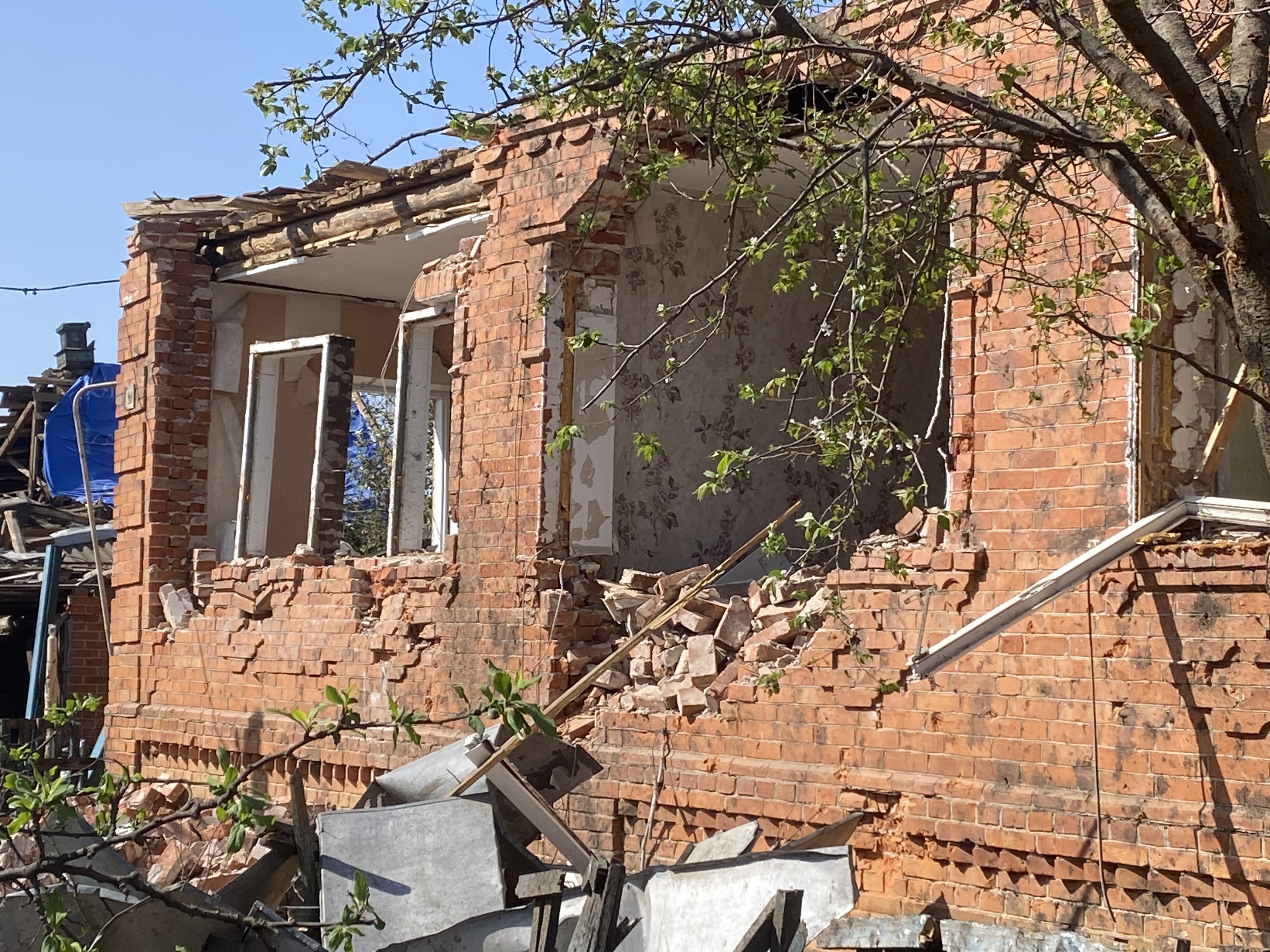Ukraine 2024:
Life under fire
While the world carries on,
so does the conflict in Ukraine.
Words and photos by Iolo ap Dafydd.
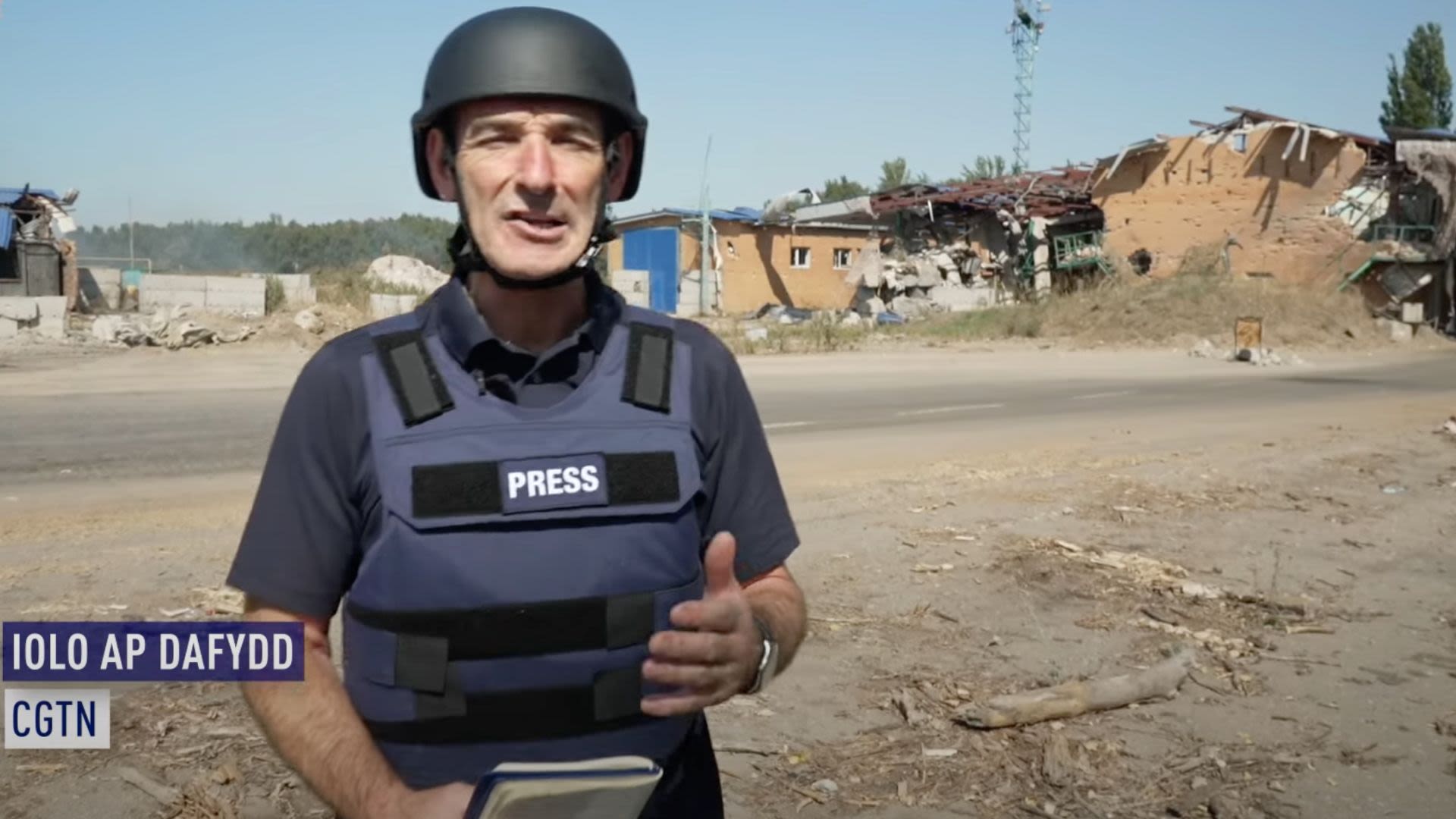
During this deployment - my fifth since Russia's "special operation" began in February 2022 – I noticed fatigue in Ukraine, but also determination.
War has many impacts. Among its most regular assaults on the senses are the air raid sirens, blaring and warning about incoming missiles and armed drones. As they do so, many Ukrainians sip coffee in cafés and carry on browsing in shops, inured to a danger that has become normalized into everyday life.
At least, to an extent. While that attitude is prevalent in towns and cities in central and western Ukraine, it's far less likely in the dangerous and often grimmer towns and villages in the East.
As in Israel, khaki-dressed soldiers are on the move, munching near pop-up food stalls, buying groceries or sometimes warmer army coats, or simply smoking silently, reflecting the everyday life of a country at war.
The striking difference between Ukraine and Israel is the age of soldiers. In the Middle East it's often fresh-faced teens and 20-year olds, serving the two years and eight months of national service they start at age 18. Two thousand kilometers north, middle-aged Ukrainian servicemen have craggier, greyer faces.
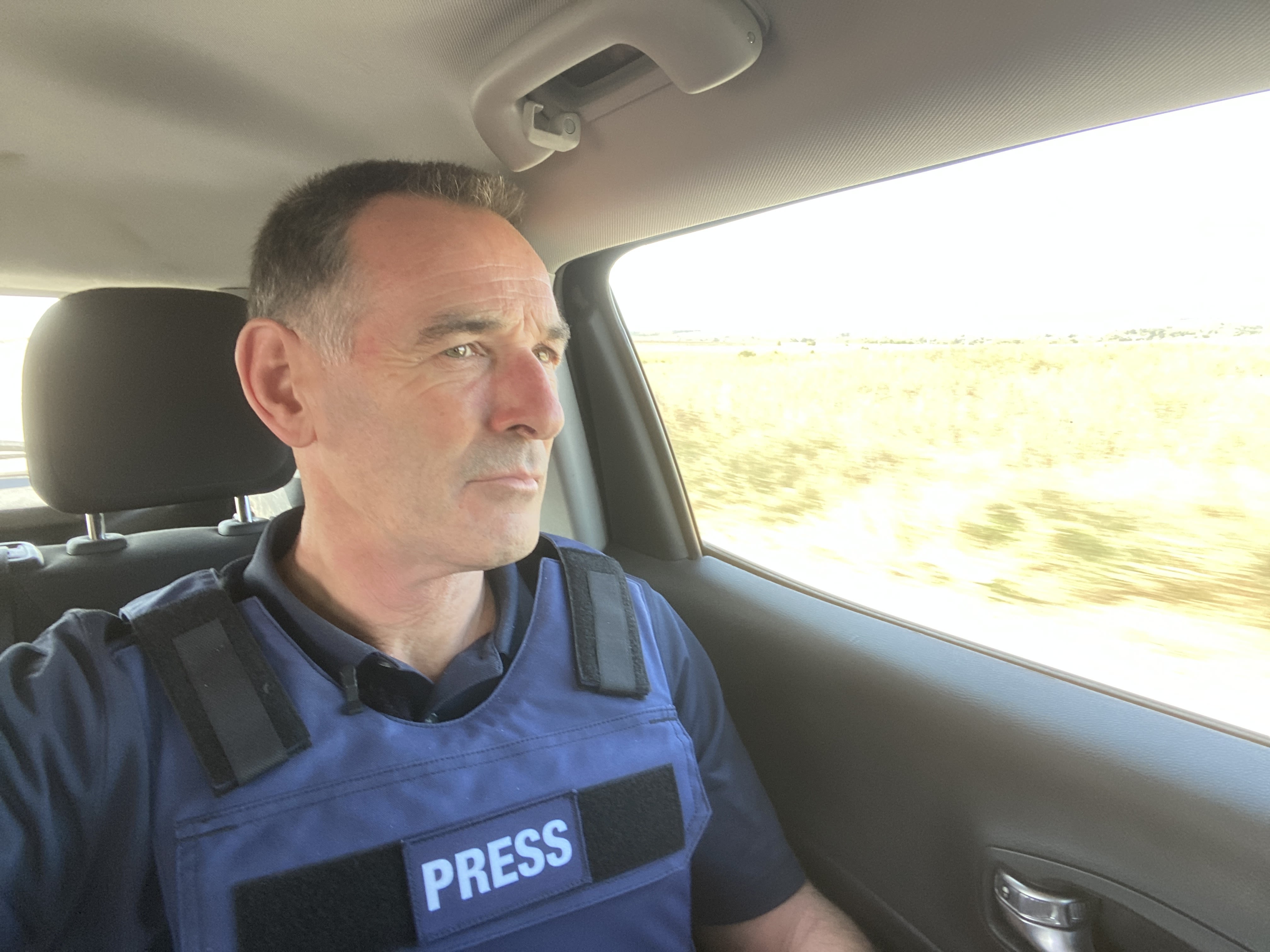
Ukrainian soldiers in Kramatorsk, February 2023. /Iolo ap Dafydd
Ukrainian soldiers in Kramatorsk, February 2023. /Iolo ap Dafydd
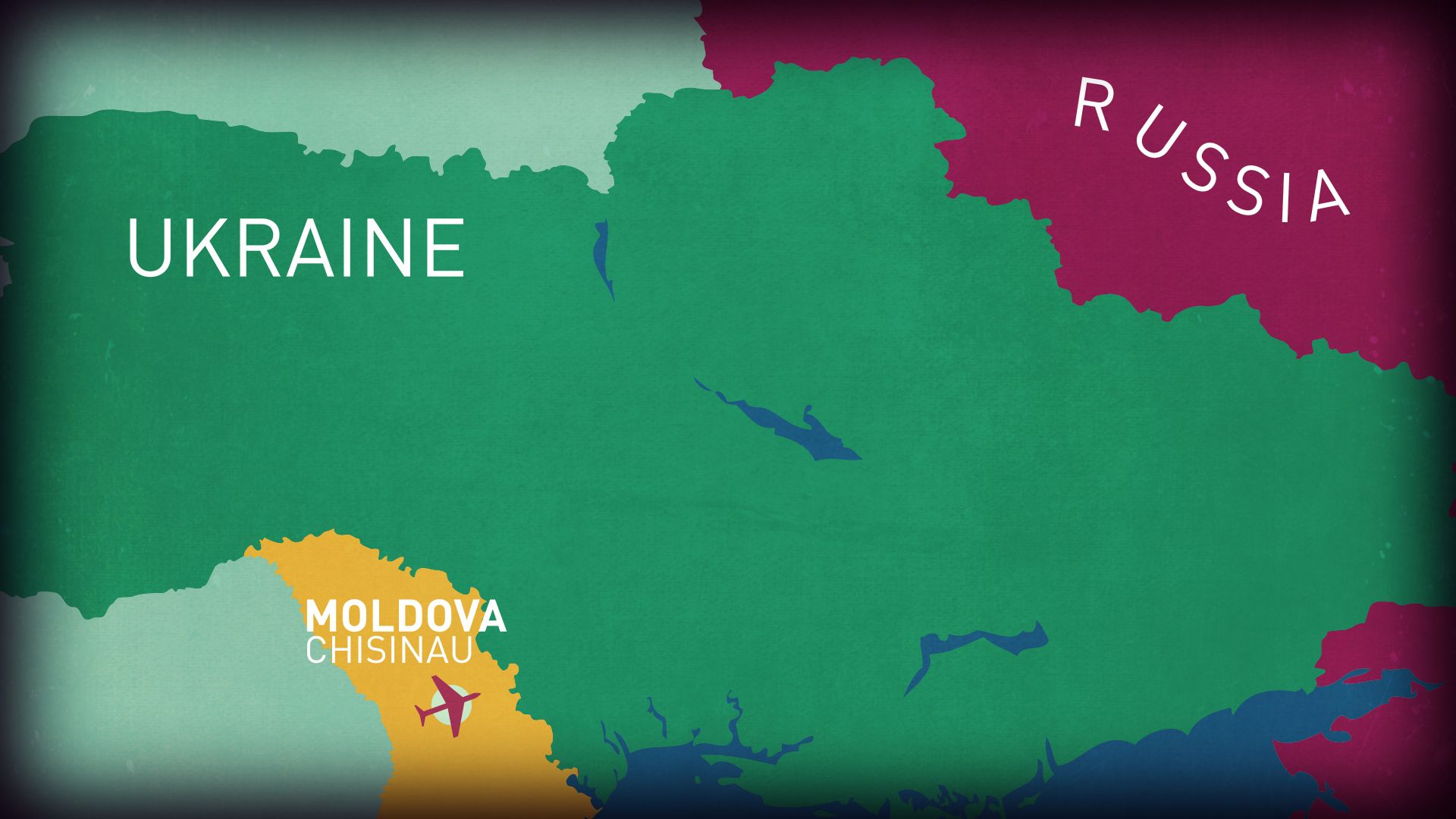
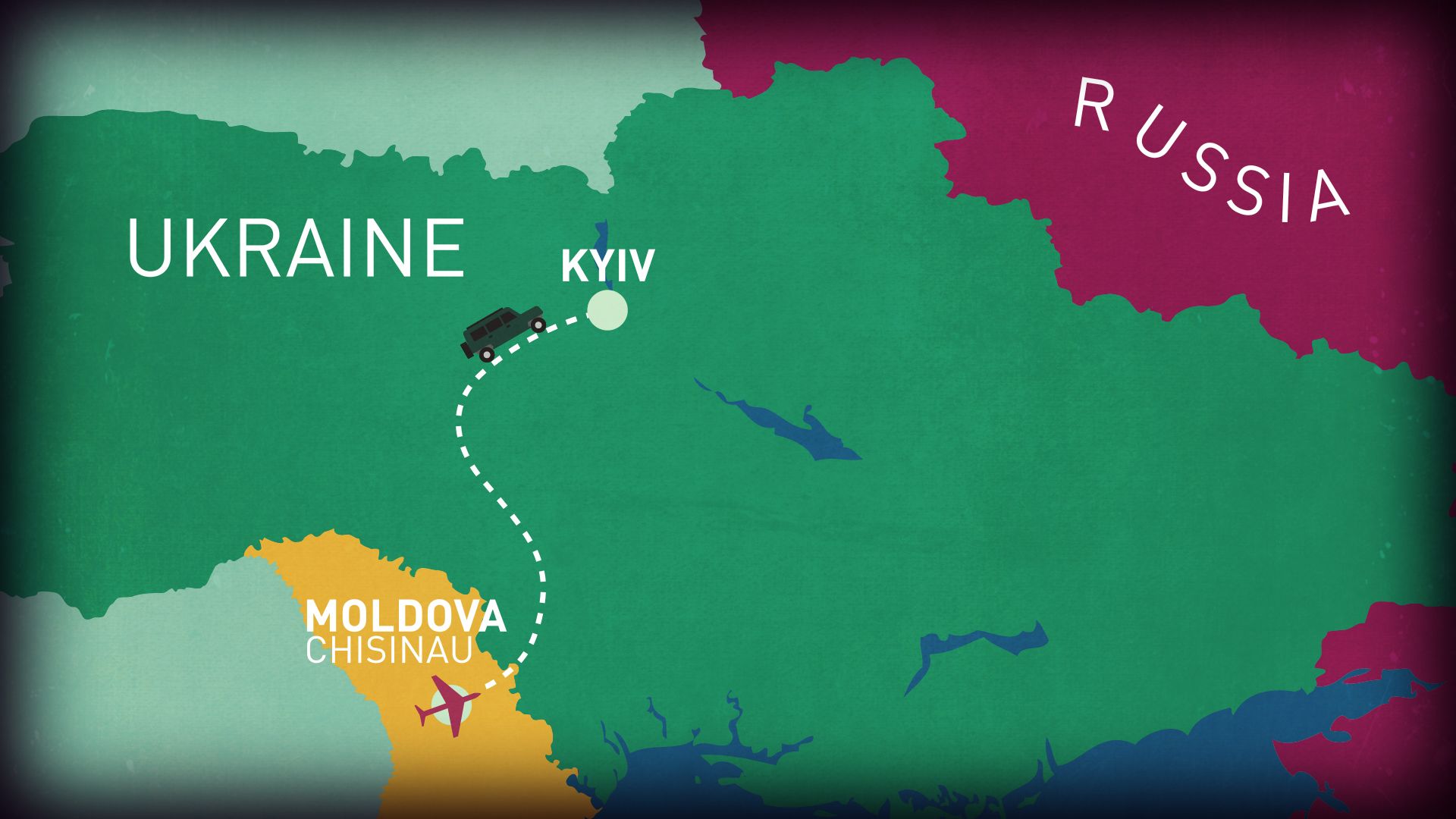
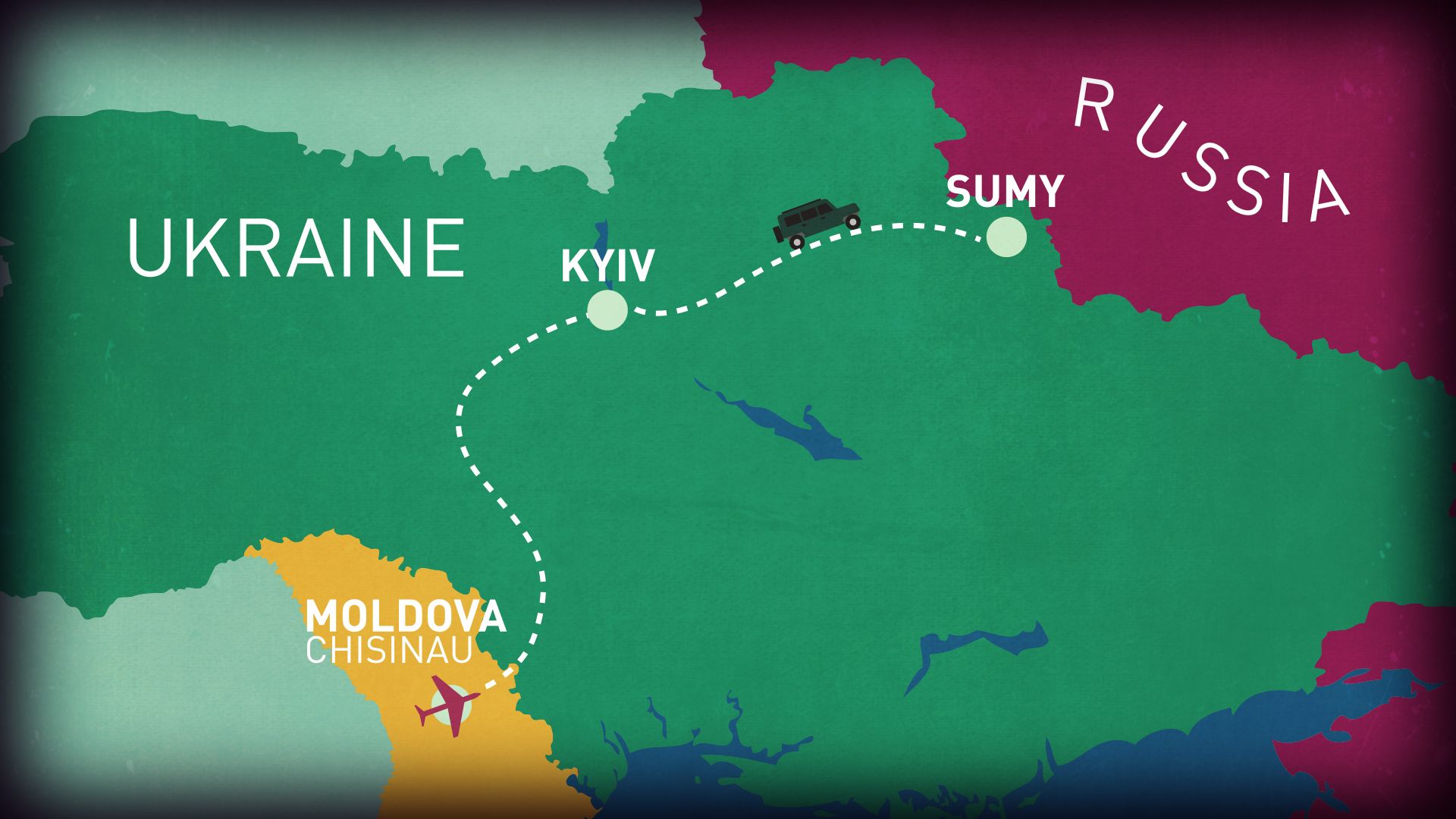
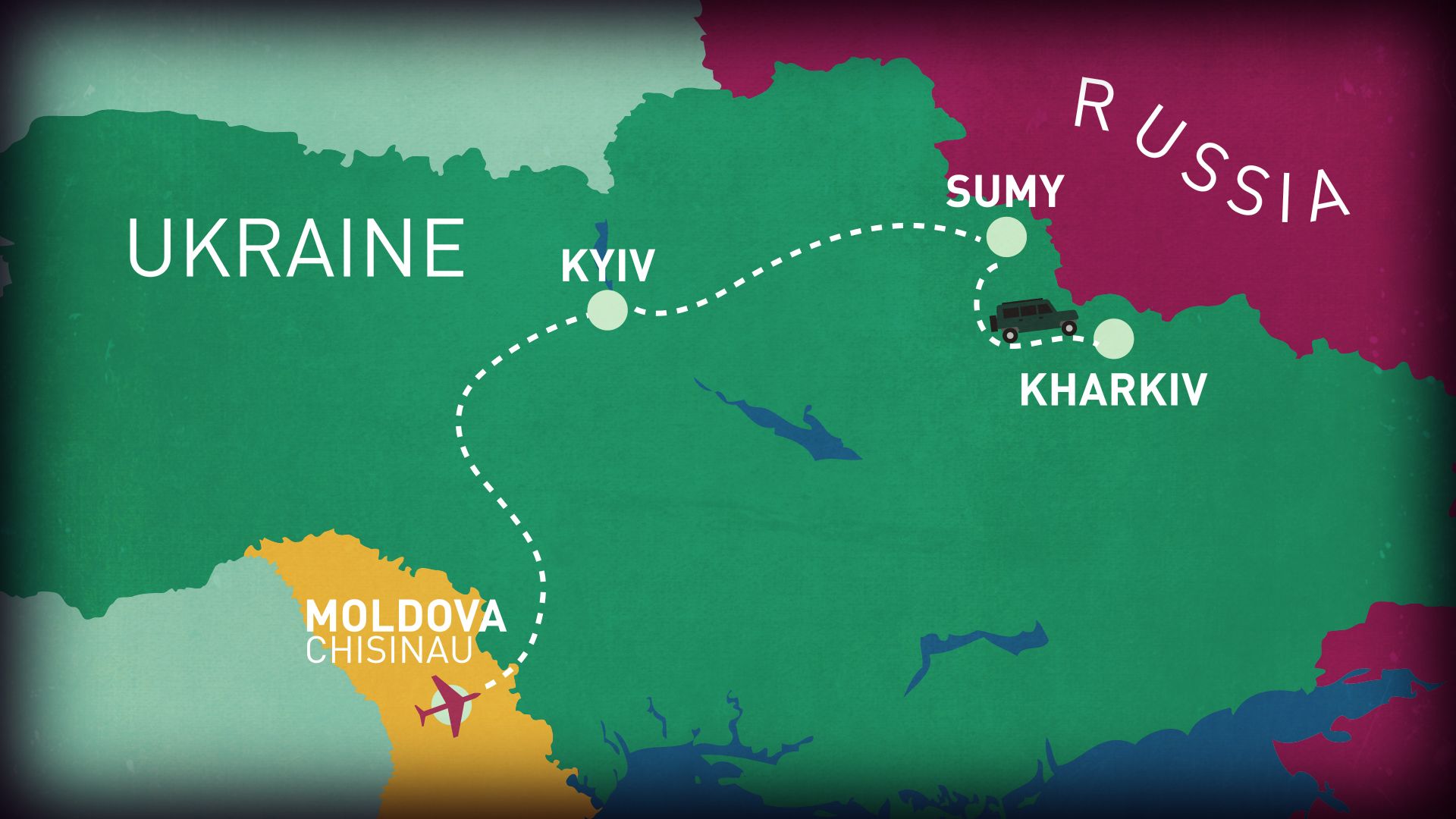
For his latest deployment to Ukraine, Iolo flew into Chisinau in neighboring Moldova...
...before driving to Ukrainian capital Kyiv...
...on to Sumy, and various other places near the border frontline...
...and finally to Kharkiv. His video reports are interspersed throughout this piece, between his words and photographs.
'These images stay with you long after returning home.'
In whichever conflict I've reported from, the pain of loss is at its rawest during funerals. In Gaza, grief is public and loud. Large gatherings in Israel are less formal than Europe, with friends and relatives weeping and crying in unison over the passing of a loved one. These images stay with you long after returning home.
In Ukraine, by contrast, there's often a deep silence. In a rural region north of Sumy I watched dozens of villagers stand or kneel with heads bowed as a white van drove past, carrying the coffin of a dead soldier to a neighboring village. A line of red carnation flowers laid in the middle of the road. The driver of the unofficial 'funeral car' waited patiently as people paid their respects.
Paying funeral respects in Sumy. /Iolo ap Dafydd
Paying funeral respects in Sumy. /Iolo ap Dafydd
Paying funeral respects in Sumy. /Iolo ap Dafydd
Paying funeral respects in Sumy. /Iolo ap Dafydd
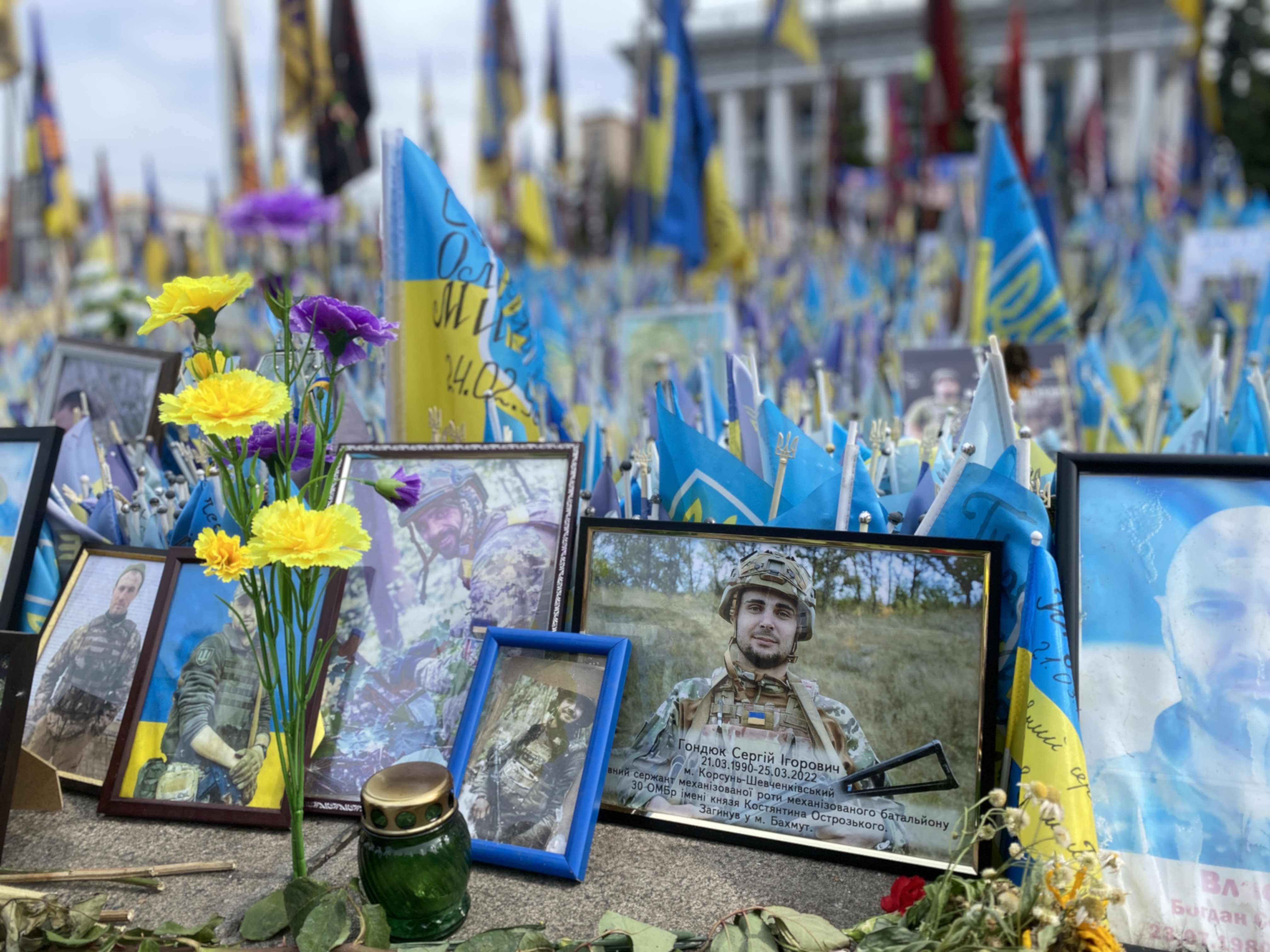
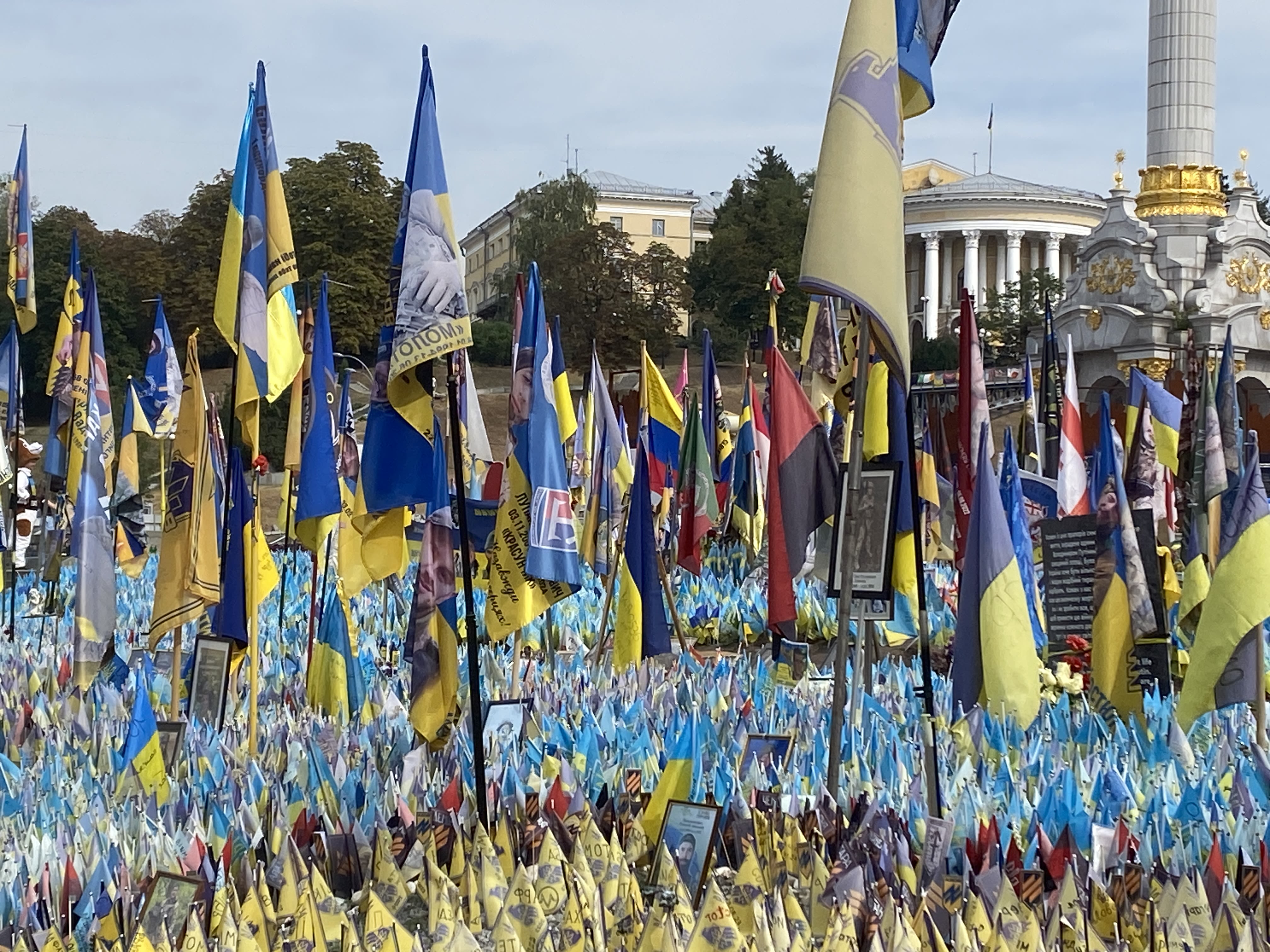
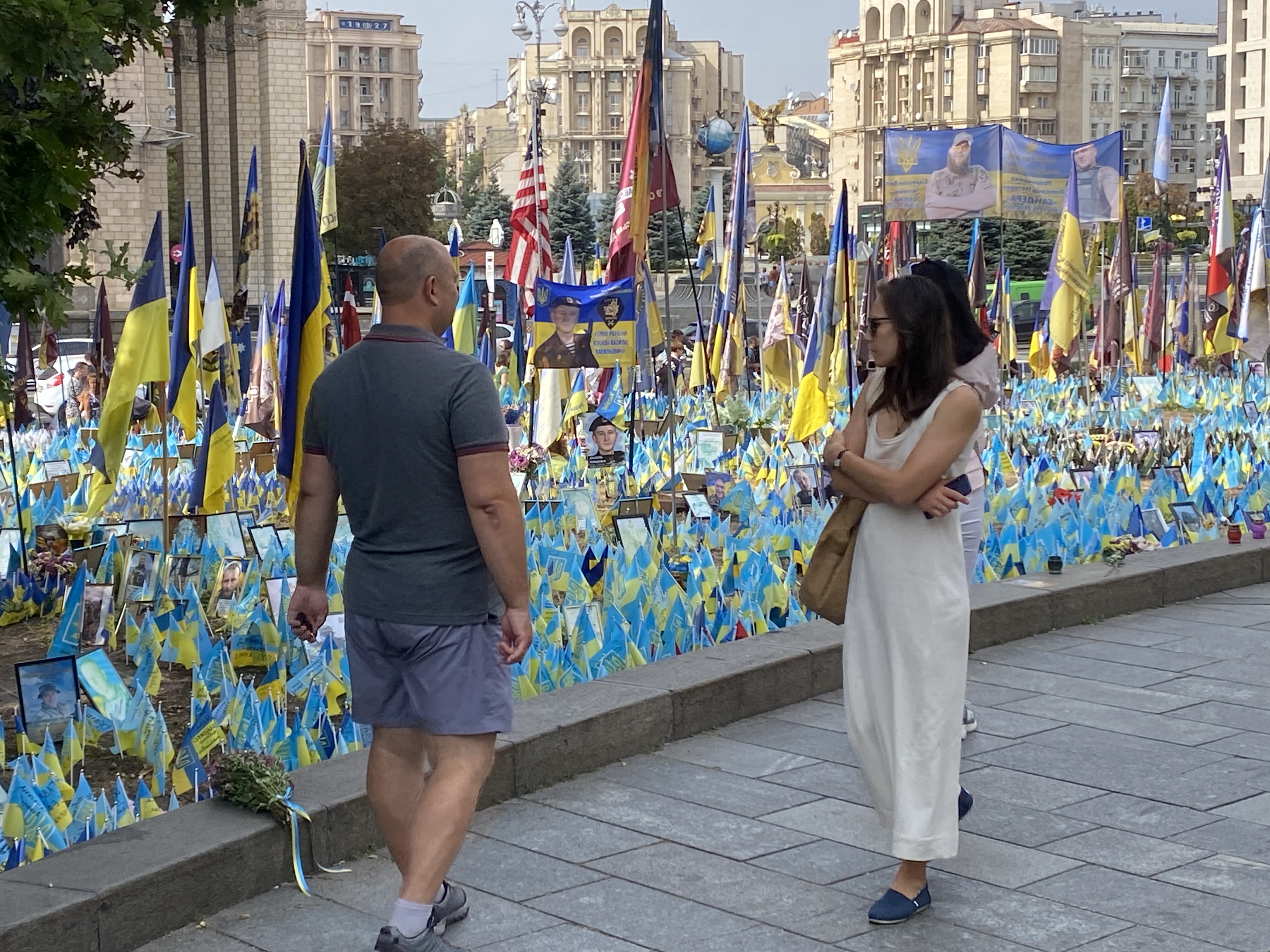
Apart from funerals in Ukraine, another all too familiar sight are the thousands of blue and yellow flags placed in cemeteries and memorials to commemorate fallen soldiers.
They multiply each time I visit.
In September, in Kyiv's Maidan Square, the grief again was silent among the roar of nearby traffic, but profound – with relatives looking at and talking to photographs of dead soldiers.
Fixing power lines in Kharkiv. /Iolo ap Dafydd
Fixing power lines in Kharkiv. /Iolo ap Dafydd
Damage in Sumy. /Iolo ap Dafydd
Damage in Sumy. /Iolo ap Dafydd
Along Ukraine's long roads, autumn is approaching. Leaves are falling and bare branches remind everyone how quickly autumn turns into winter.
Ukraine's power grid is creaking. During 2024, the essentials of electricity and gas have been targeted continually in Russian missile and drone attacks.
It's likely to be another long, tough winter – especially along the thousand-kilometer front line in eastern Ukraine.
As I saw in Sumy, that will lead to more internal refugees. 'Displaced people' is the jargon used by NGOs to describe those suffering first-hand because of long-range bombing or artillery.
'The last to leave often carry an air of incomprehension.'
Many cling on to their homes when it's far too dangerous. Eventually they are persuaded to leave, and volunteers drive down perilous roads to evacuate them to safety, despite the buzzing of drones carrying cameras and explosives.
The evacuated leave most of their possessions at home. Some carry an assortment of bags of clothes and food. Mostly older, the poorest in society are forced to flee as the war draws nearer. The last to leave often carry an air of incomprehension, whether they live within 20, 10 or even five kilometers of the kill zone along Ukraine's borderlands.
In dozens of towns, Ukrainian evacuation centers are somber, quiet rooms. Funded by the government, they're usually sited in public buildings with a secure basement that doubles as a bomb shelter. It's a place to come to accept help and advice, not to mention food and clothing, and come to terms with a monumental change in one's personal circumstances.
It's somewhere to charge your phone. To let tears fall. To look at blank walls, and ponder what comes next. Where do you go? For how long?
Millions of people have had their lives disrupted or destroyed. Lives are on hold as businesses fold, careers end - all along the de facto border in Ukraine's Donbas region.
'Dogs roam quiet streets... in the distance, you hear an old tractor. '
Homes have been left in hundreds of rural villages. Many are damaged, others are boarded up. Dogs roam quiet streets, but in the distance, you can still hear the odd rumble of an old tractor. A few farmers stubbornly stay on – carrying on persistently with small-scale agriculture, in a big farming country.
During Soviet days, and since independence in August 1991, Ukraine was one of the world's largest grower and exporter of grains - wheat, maize and sunflower products. Large-scale agriculture continues away from the front line, but profits are lower as exporting is harder and costlier.
In one border zone near Sumy I saw a handful of hardy villagers staying put to plant potatoes, carrots and winter greens. Why stay, I asked? "Why not?" was the laconic reply.
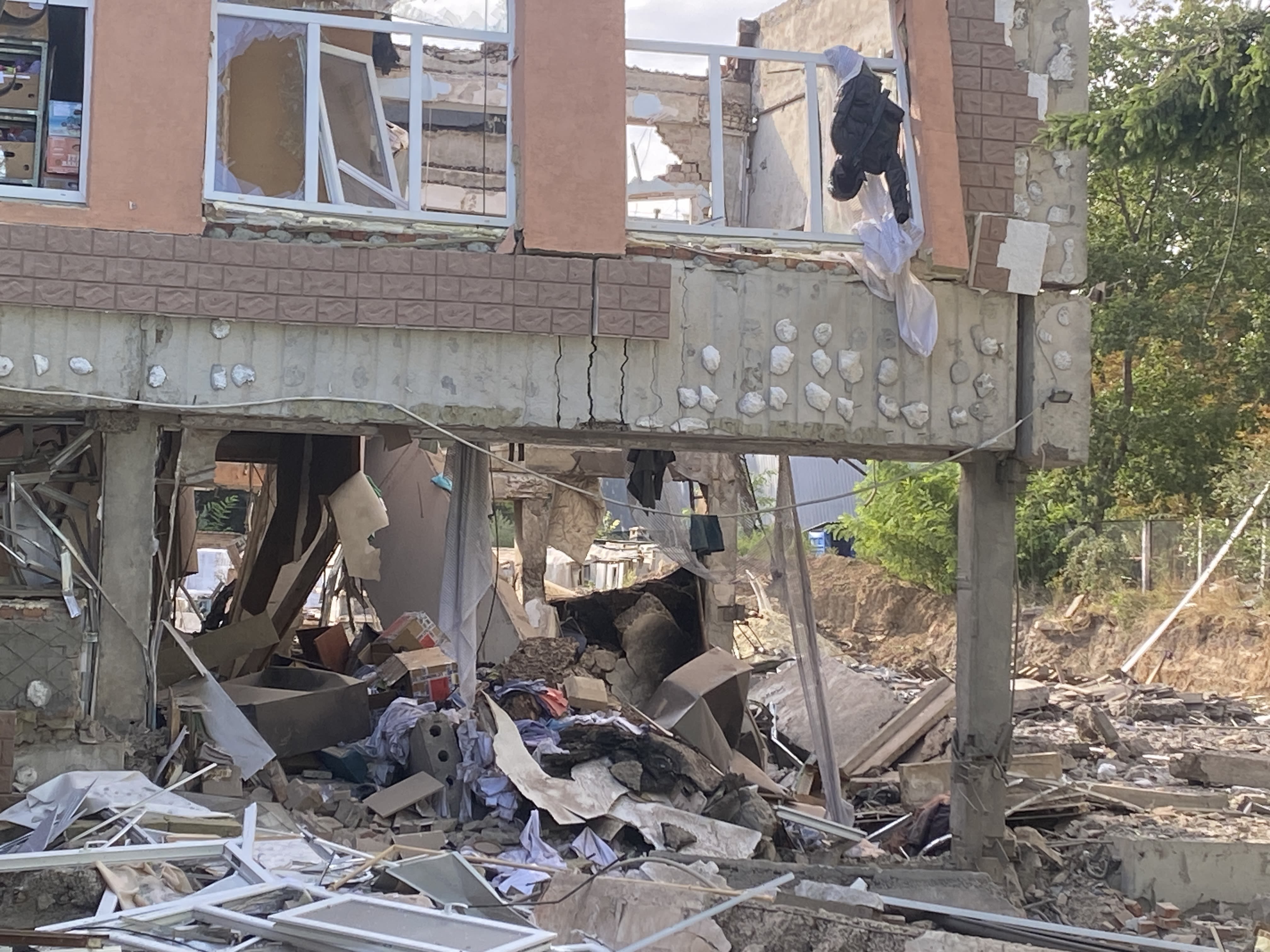
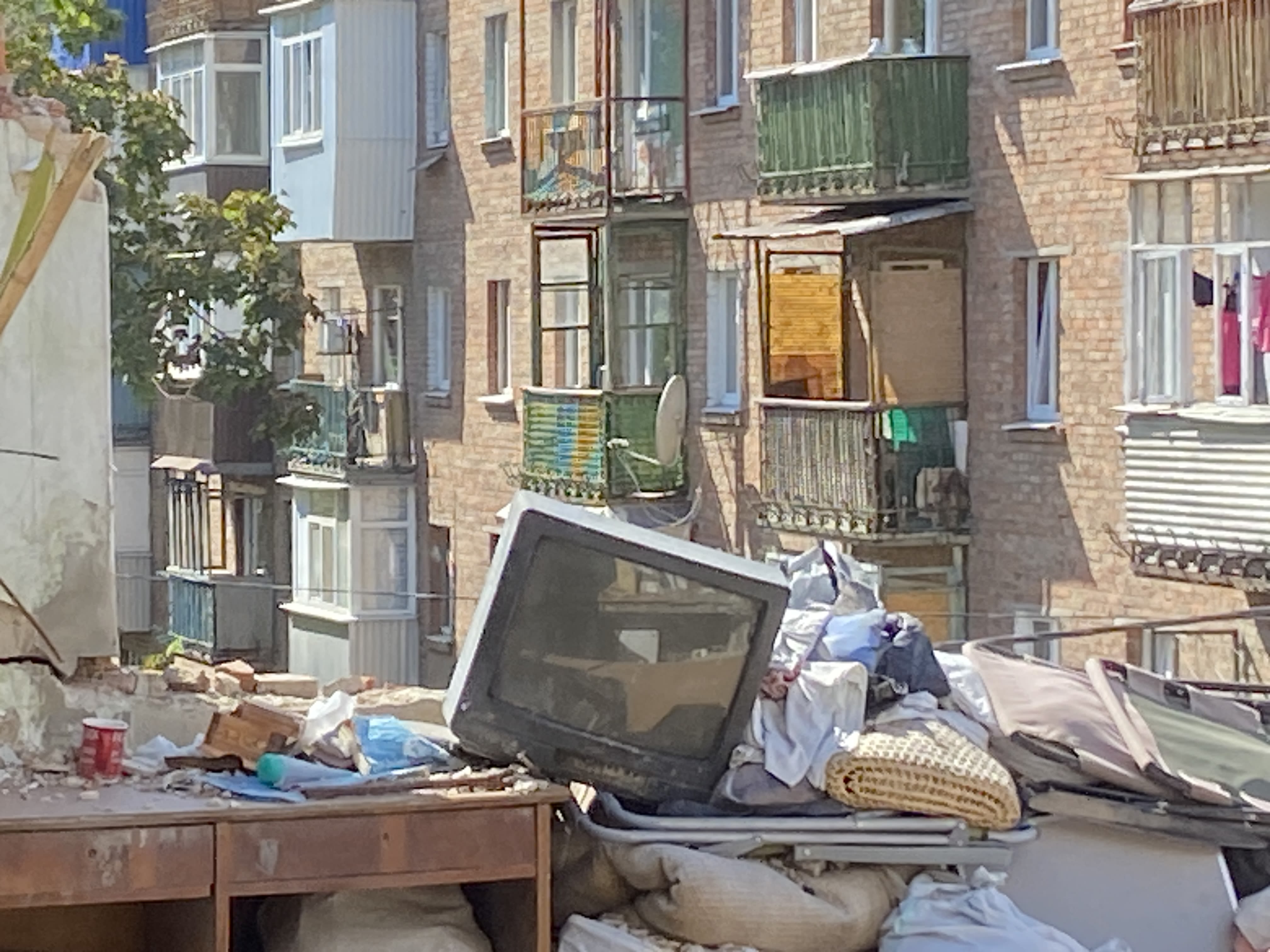
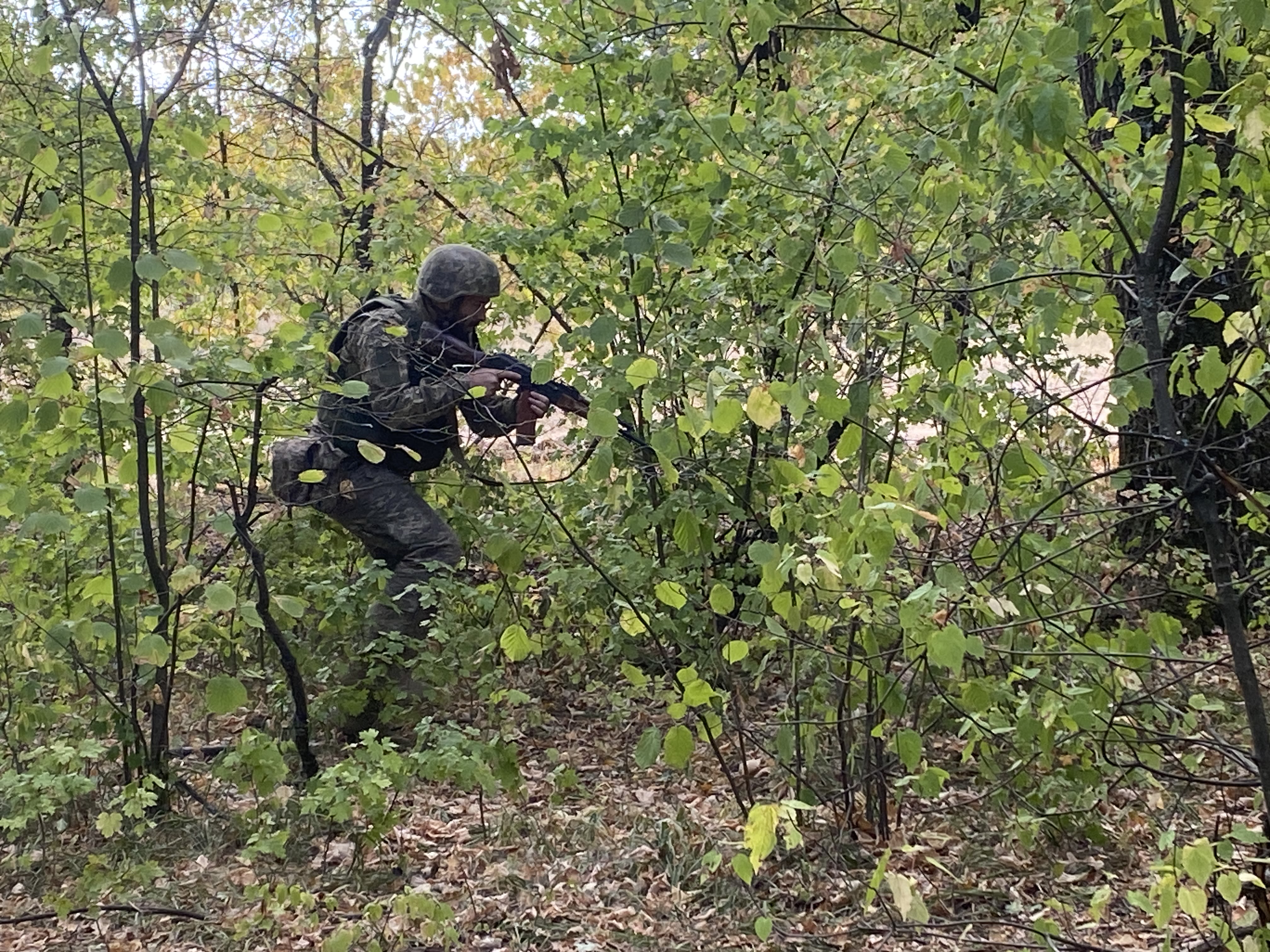

The pull of the land explains why two and a half years ago in Andriivka, a one-street hamlet near Borodianka, I met four villagers who'd stayed in basements and subterranean cellars with their pickled garden crop as Russian soldiers lived above them in their houses.
Traveling the roads, you pass hundreds of kilometers of farmland left untended. No wonder, when cluster munitions and landmines litter wide-open fields. Ukraine is estimated to be the most heavily-mined country in the world. It will take years to make hundreds of thousands of hectares safe again.
Last April in a briefing paper for the European Union's parliament, the Kyiv School of Economics calculated that up to December 2023, Ukrainian agriculture had sustained $80 billion in damages and losses. An estimated $56 billion is needed for recovery and the reconstruction of agriculture to come close to the industry it once was.
Ukraine's economy now is increasingly impacted by the war – both small-scale companies and larger, more community-based initiatives.
In the back street of a town in eastern Ukraine I found a drone-making workshop: volunteers with a background in engineering, assembling and building drones for Ukraine's armed forces.
In these private, small-scale factories thousands of drones are built to order and delivered directly to battalions and brigades.
People who can't lend their expertise give their money. Tens of thousands of ordinary Ukrainians donate up to a tenth of their salaries to the war effort.
Other family businesses try to contend with the crippling economic consequences of war as best they can. In Kharkiv, a swimwear business utilized solar panels on its roof, with power stored in a Tesla car battery mounted on an inside wall to use when power cuts are in place. And sometimes the electricity connection is cut for hours each day.
Drone assembly. /Iolo ap Dafydd
Drone assembly. /Iolo ap Dafydd
A swimwear factory in Kharkiv. /Iolo ap Dafydd
A swimwear factory in Kharkiv. /Iolo ap Dafydd
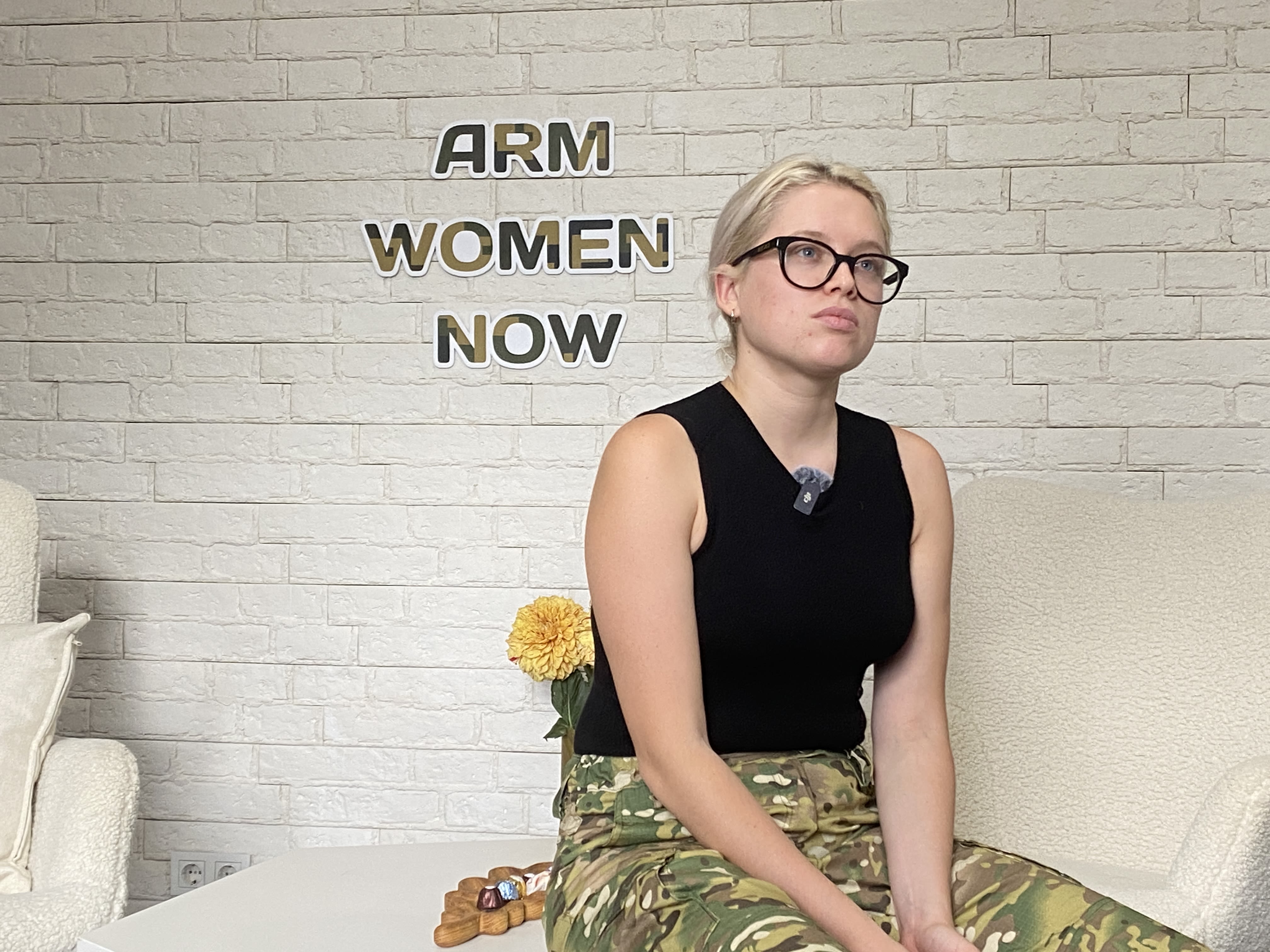
Arm Women Now badge. /Iolo ap Dafydd
Arm Women Now badge. /Iolo ap Dafydd
Arm Women Now is a non-governmental organization set up to supply women with appropriate and well-fitting uniforms as they serve in Ukraine's army. The latest estimates are that 65,000 women serve in the armed forces - but only 8,000 female uniforms have been supplied, even to frontline women soldiers. That battle continues alongside the wider conflict.
Ukraine's demography is particularly perilous. A report published by the U.S. Central Intelligence Agency in September 2024 estimates it has the world's highest death rate and lowest birth rate.
'The war is hollowing out the population.'
That birth rate is just 6 per thousand people, far less than its European peers – in Norway the rate is 10.4, UK 10.8, Denmark 11.3. The death rate of 18.6 per thousand is far higher than the next highest (Lithuania's 15.6), let alone other European countries (Germany 12, France 10, Spain 10).
Put simply, more than three times as many Ukrainians are dying as are being born. The war is hollowing out the population, and it's hard to rebuild a country without the people to do it. For comparison, in DR Congo the death rate is 7.6, the birth rate 39.2.
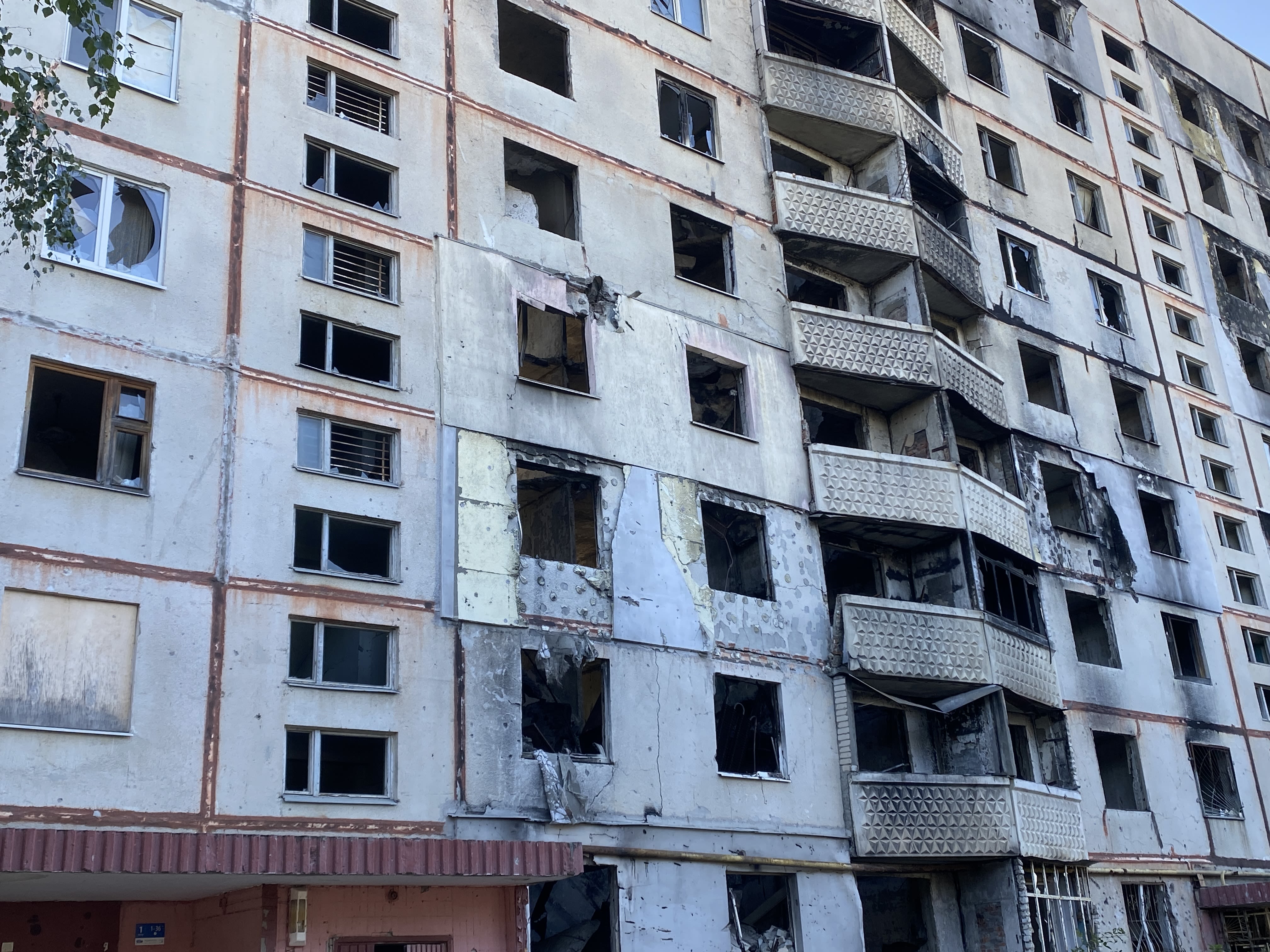
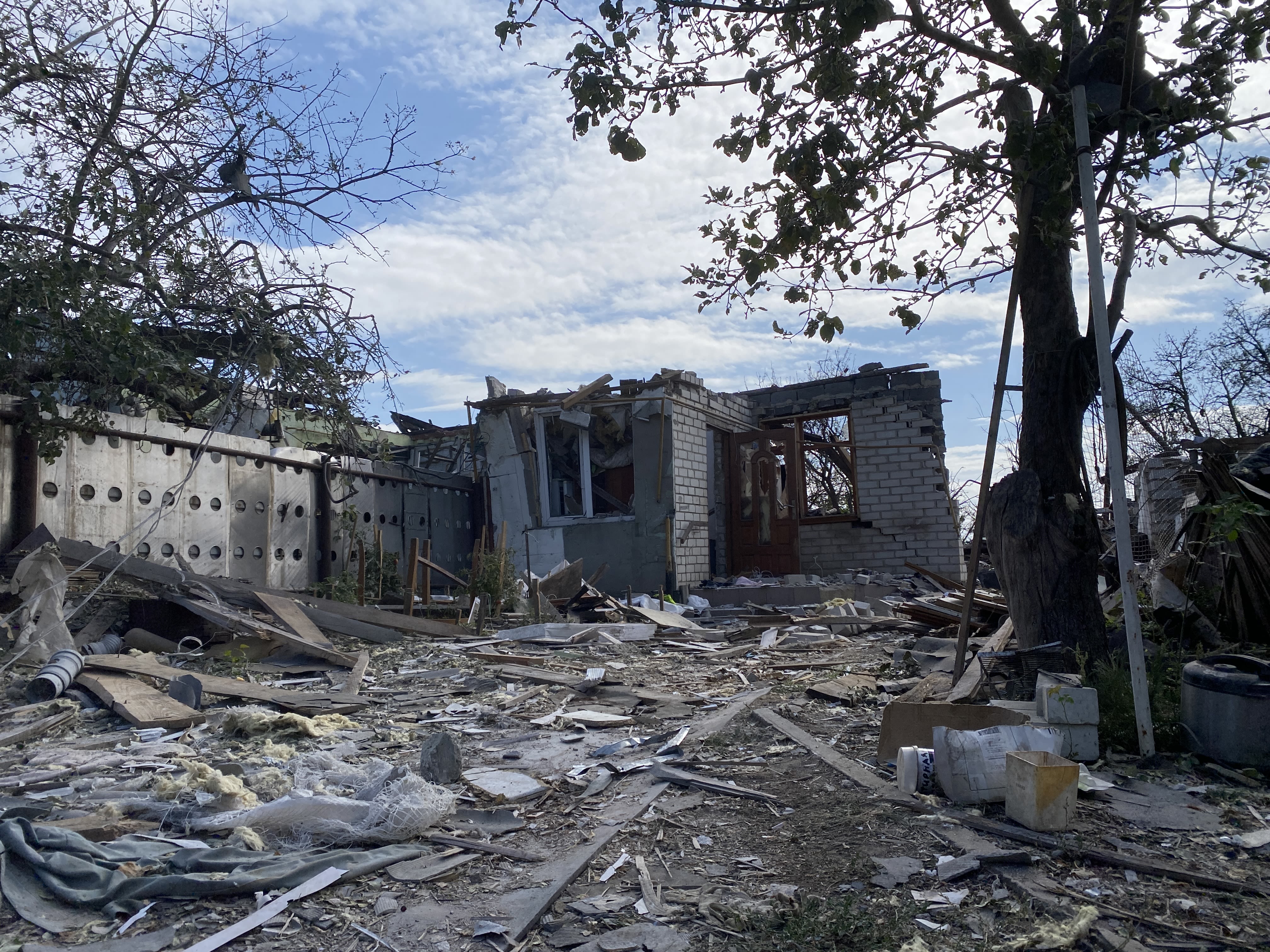
And it's not just those who are dying or not being born – many have also left. Because of the conflict, 6.7 million Ukrainians currently live outside the country; of these, 40 percent are women and more than a third are children under 18 years of age.
The longer the conflict continues between Russia and Ukraine, the more it exacerbates a bleak economic future.
Despite its determined resistance, the conflict isn't going well for Ukraine. It struggles to match the firepower and the massed ranks of Russia's armed forces: Ukrainian soldiers are too often out-gunned and out-manned.
And it's a numbers game. Russia's estimated casualties are believed to be far higher, but Ukraine's lower population and smaller army could see their frontlines crumbling before Russia's war effort is exhausted. It's another existential worry in a country fighting for its future.
- Iolo ap Dafydd, October 2024
CREDITS
UKRAINE
Iolo ap Dafydd – correspondent/producer
Ozgur Kizilates – camera/editor
Tetiana Popova – local producer/fixer, Sumy & Kyiv
Vadim Tomashevskyt – fixer, Kharkiv
LONDON
Gary Parkinson – copy editing & Shorthand layout
James Sandifer – graphics
